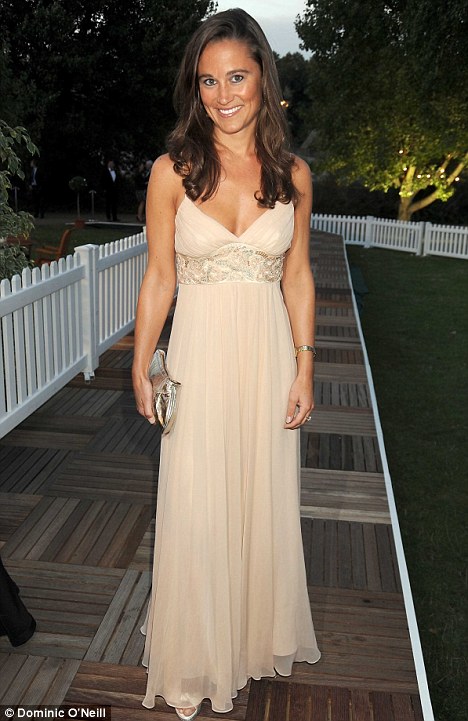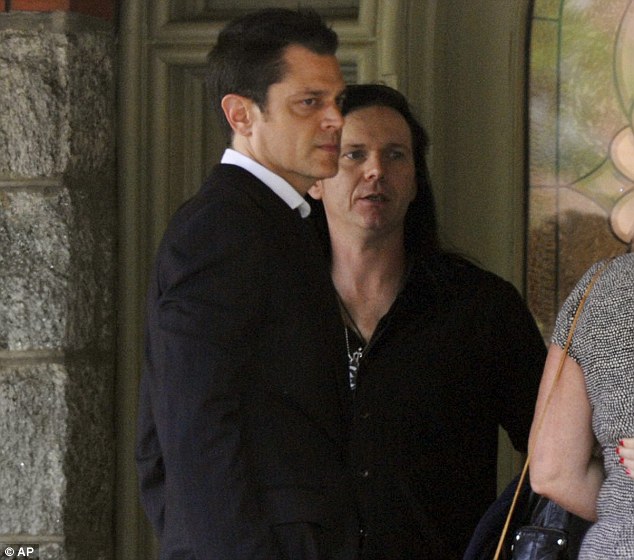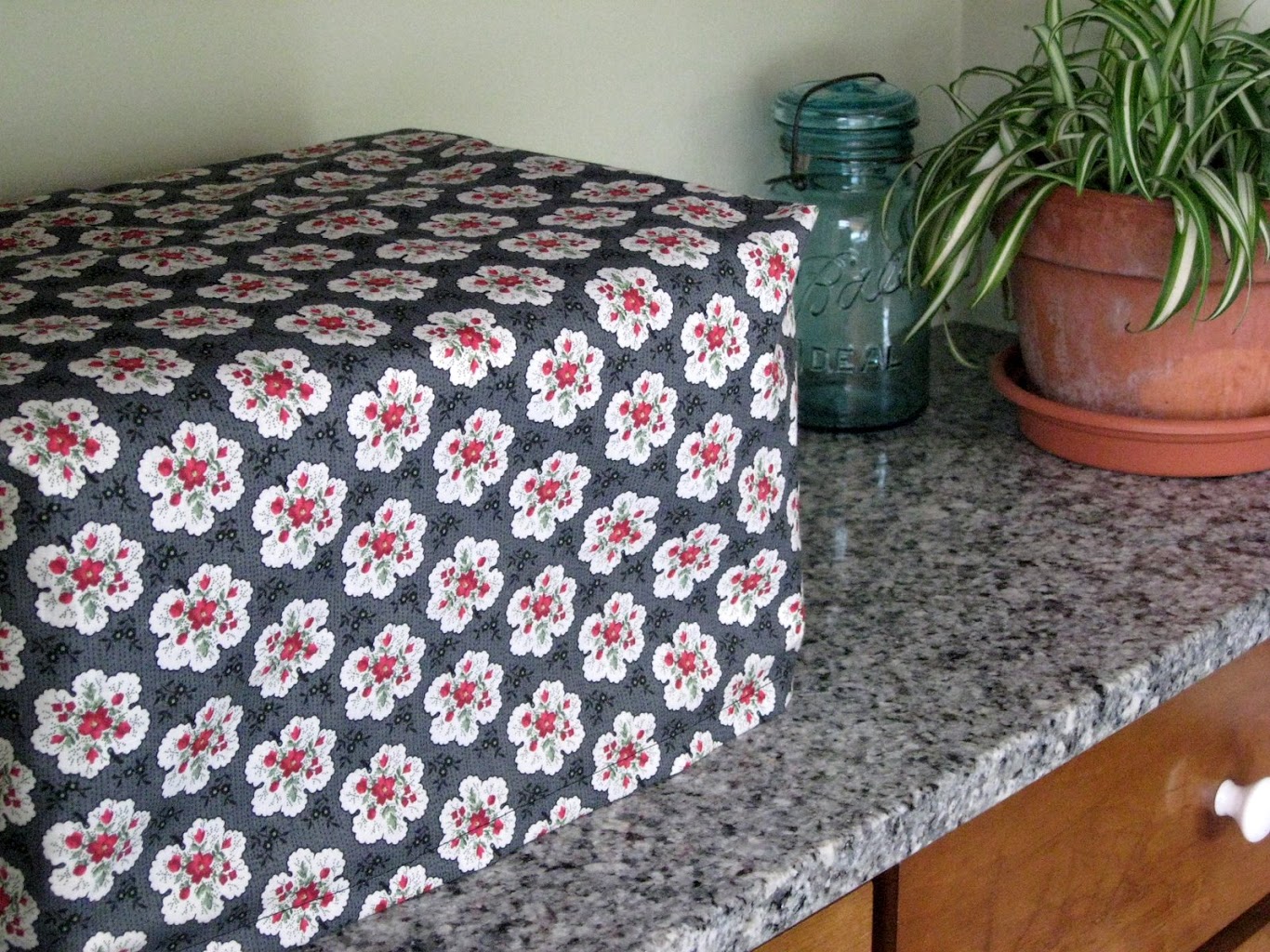Sew La Ti Embroidery [Search results for planning]
School of Planning & Architecture [Bhopal, India]
![School of Planning & Architecture [Bhopal, India]](//2.bp.blogspot.com/-ZdNnZRcb_2g/UdTG0v4gEYI/AAAAAAAAG3k/XsvdKdaaVDQ/s1600/bopal02.jpg)
Look what you're missing Russell! Katy Perry sports sexy suspender skirt and stockings...

Fosters and FXFOWLE have won award World Architecture News
Tree Felling 101 for the Lavish Property Owner

Pippa Middleton gets herself a job at an environmental firm owned by her ex

A Quilt of Love
Tom Andersen talks about horror, 3D & pissing Hollywood off

The Bulldogs (based on an underground comic-book)

Home builder in Sydney
North America: NY authorities seek custody of stolen artifacts worth over $100 million

Grim-faced Johnny Knoxville leads the mourners at memorial service for Jackass star Ryan Dunn

Temporary Pavilion For the Hirshhorn Museum
Unique Cultural Center [Ávila, Spain]
![Unique Cultural Center [Ávila, Spain]](https://blogger.googleusercontent.com/img/b/R29vZ2xl/AVvXsEg0vpvvCZ3fRhe8AcjShPKwlbp8rx4wnIf8ZPJXsCFqvAhqoEvrnsx8ef1GkCuzsLHepJ1OUboIsAW9C1bUE5IORyZS2mCe8PYCiE7DZw5Ypo3niKFesoGLdpESn9XpW4CjyuQ7ZnAtJaM/s800/Unique-center.jpg)
Sew and Tell Friday
No Longer a WIP
Design yacht
Final Project
Kirstie Alley strips down to leotard on Dancing With The Stars as last three put best foot forward ahead of finale

Nepal: Nepal to re-open UNESCO heritage sites to tourists in August

East Asia: 800-year-old Buddhist statue of 'goddess with thousand hands' restored to former glory

![School of Planning & Architecture [Bhopal, India]](http://2.bp.blogspot.com/-ZdNnZRcb_2g/UdTG0v4gEYI/AAAAAAAAG3k/XsvdKdaaVDQ/s1600/bopal02.jpg)







